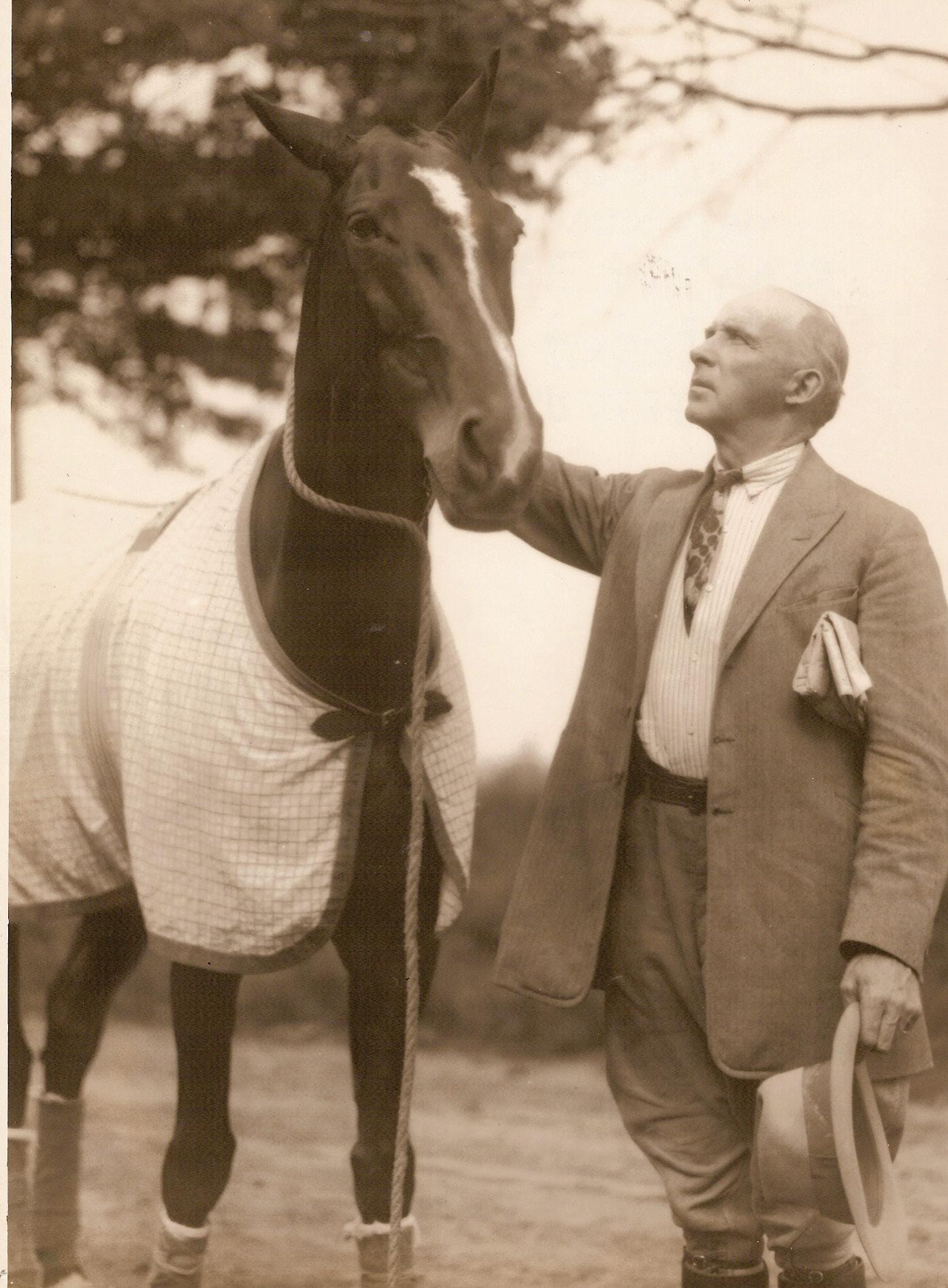
2 minute read
The Pull of the Ponies
“Two heads, four legs and one heart,” is often used to describe the connection between horse and rider on the pitch.
THERE IS AN ALMOST MYTHICAL allure to the sport of polo, and much of that draw can be attributed to what many consider to be the best athletes on the field: the horses.
Often afforded nearly as much of the spotlight as the riders, these four-legged athletes gallop at top speed, cut sharply and turn on a dime.
They are strong, beautiful and the best among them show a drive and willingness that help them stand out.
What is it about polo that captures people’s imagination?
“It’s the horses, for sure,” says Brenda Lynn, director of development at the Museum of Polo and Hall of Fame in Lake Worth, Fla. “When kids come in (to the museum,) they want to know all about the horses.”
There are a number of horses that have come to some renown due to their abilities on the polo pitch, many of which are recognized by the Museum of Polo and Hall of Fame, but there’s one in particular that captured the imagination of Lynn: Gay Boy.
A Texas cow pony sent east in the 1920s, rancher Will C. Gay gave what Hall of Fame administrators now call “a gift to the game of polo” in the horse, which was a half-thoroughbred gelding with a white blaze down his “wise and sensible head.” Considered the greatest polo mount of his day, Gay Boy was known for his remarkable speed, and his unforgettable play in the 1927 International matches that pitted the U.S. against Great Britain.
In those matches, Gay Boy ran in two chukkers in the first match and three in the second, and was ridden by polo Hall of Famer Malcom Stevenson, who described the horse as “supreme among ponies.” His strength, stamina and willingness made his reputation, and he was also played by Hall of Famers Robert Strawbridge Jr. and Tommy Hitchcock Jr.—appropriate, because Lynn describes Gay Boy as “the Tommy Hitchcock of polo ponies.”
Sadly, his career was cut short by an unexpected and strange accident. In 1928, Gay Boy was standing in a stall at Meadowbrook when an airplane crashed into the building, killing him.
“Just 20 minutes later he would’ve been out to play,” Lynn says of the timing of the Meadowbrook crash.
The accident made worldwide headlines. He was an inductee in the Hall of Fame’s “Horses to Remember” in 2006.










